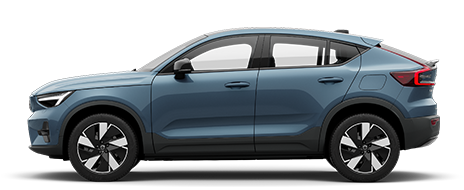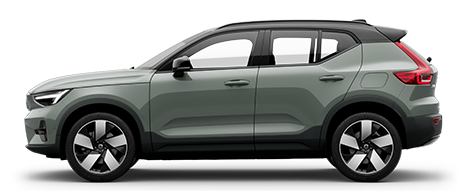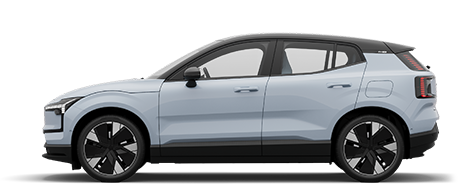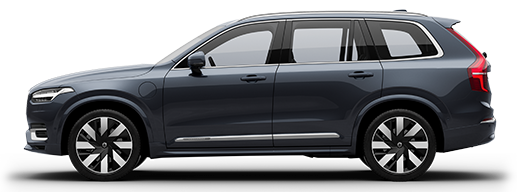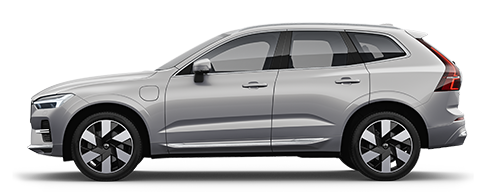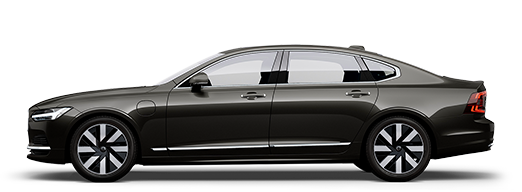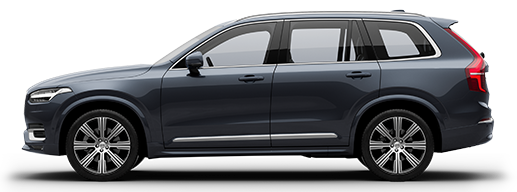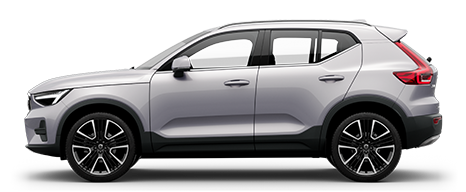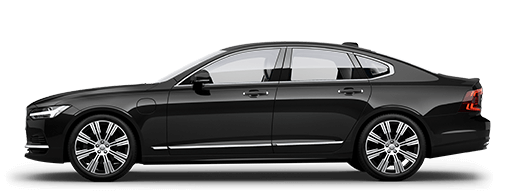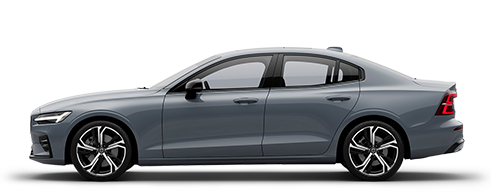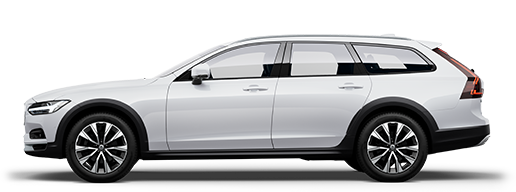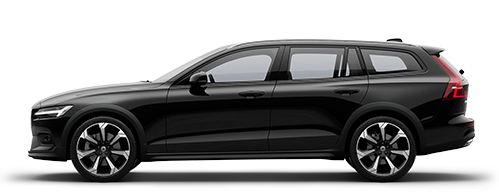Loading
Payload depends on the car's kerb weight. The total of the weight of the passengers and all accessories reduces the car's payload by a corresponding weight.
Warning
Recommendations for loading in the cargo area
- Position the load firmly against the rear seat's backrest.
- Centre the load.
- Heavy objects should be placed as low as possible. Avoid placing heavy loads on lowered backrests.
- Cover sharp edges with something soft to avoid damaging the upholstery.
- Secure all loads to the load retaining eyelets with straps or web lashings.
Warning
Warning
The protection provided by the inflatable curtain in the headlining may be compromised or eliminated by high loads.
- Never load cargo above the backrest.
Warning
Always secure the load. During heavy braking the load may otherwise shift, causing injury to the car's occupants.
Cover sharp edges and sharp corners with something soft.
Switch off the engine and apply the parking brake when loading/unloading long items. Otherwise you may accidentally knock the gear lever or gear selector with the load into a drive position - and the car could then move off.
Increasing the space in the cargo area
To expand the cargo area and simplify loading, the rear seat's backrest can be lowered. Note that objects must not prevent the function of the WHIPS system for the front seats if any of the rear seat's backrests is folded down.
A through-load hatch in the rear seat can be folded down for carrying long and narrow loads.
Recommendations for roof loads
For loading on the car's roof, the load carriers1 that Volvo have developed are recommended. This is in order to avoid damage to the car and in order to achieve the maximum possible safety during a journey.
Carefully follow the installation instructions supplied with the carriers.
- Check periodically that the load carriers and load are properly secured. Lash the load securely with retaining straps.
- Distribute the load evenly over the load carriers. Put the heaviest objects at the bottom.
- The size of the area exposed to the wind, and therefore fuel consumption, increase with the size of the load.
- Drive gently. Avoid quick acceleration, heavy braking and hard cornering.
Warning
The car's centre of gravity and driving characteristics are altered by roof loads.
Read about maximum permitted roof load in the section on Weights.
